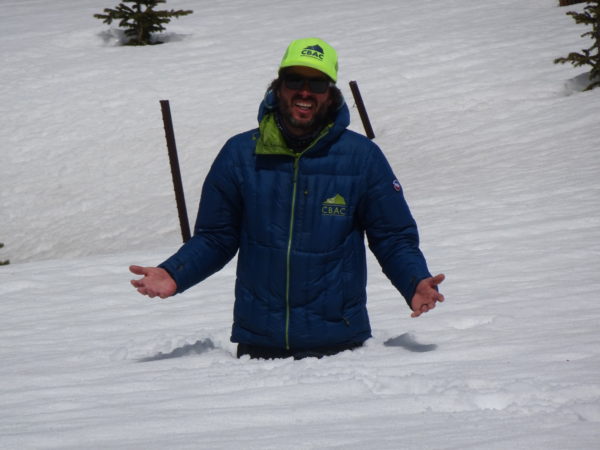How deep your boots or skis sink into the snow.
Boot or ski penetration are simple snow surface observations that quantify how deep into the snow you are sinking, either on foot or on skis. Deep penetration into the snow can suggest potential for increased hazards. In dry snow, deep boot or ski penetration translates to more snow available for transport, either from wind loading or via entrainment in moving avalanche debris. The former means that if winds increase, either as you change location or with changing weather, you can expect wind slabs to grow quickly in size. The latter means that any natural or human triggered avalanches can quickly grow in size with abundant loose snow to entrain. In wet snow, deep ski or boot penetration is a clear indication that the snowpack is not sufficiently frozen and is ripe for wet avalanches.


